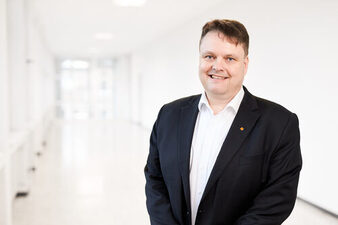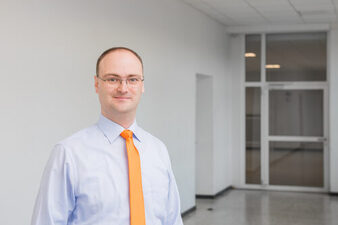About the project
Background:
Battery energy storage systems (BESS) are needed wherever there is a momentary imbalance between generated and consumed electrical power in electrical energy systems. For example, they store surplus electricity from wind farms or photovoltaic systems and release it exactly when it is needed. In combination with gas or steam turbines, BESS form hybrid power plants to reduce the consumption of fossil fuels and temporarily provide the required energy feed-in through battery storage with sustainably generated energy. In this way, the storage systems are already helping to stabilize the grid frequency, optimize energy generation and consumption and act as emergency power generators to protect against outages. In mobile applications, for example in trains or ships, BESS are also increasingly being used independently or in combination with other energy sources in the drive.
BESS usually consist of several tens of thousands of battery cells that are interconnected via three integration levels. This structure and existing standards pose two challenges: firstly, the total voltage of the systems (usually less than 1,000 volts) is low compared to the large amounts of energy stored (1 to 2 megawatt hours) and the associated power, which results in high power line losses. On the other hand, the system is prone to faults due to the large number of individual cells used and requires a corresponding amount of maintenance.
The project:
The aim is to compensate for the disadvantages of current BESS by using a newly developed technology. The resulting high-voltage battery storage system has a system voltage of 5,000 volts, is particularly compact in design and can be continuously monitored using an intelligent maintenance concept. As part of a hybrid power plant and in combination with a gas turbine, such a storage system enables, for example, immediate grid feed-in when turbines are cold-started and reduces the cyclical loads on turboset components. Thanks to reduced maintenance intervals and higher efficiency, kV-BATT makes a significant contribution to CO2 savings and optimizes operating costs.
The goals:
- greater flexibility and reliability in energy generation with conventional and hydrogen-powered turbosets
- improved carbon footprint of ships and trains thanks to an ecologically and economically demand-oriented power supply with high availability and power density
- Development of further usage scenarios and markets for battery storage systems
Sponsor
Ministry for Business Studies, Innovation, Digitalization and Energy of the State of North Rhine-Westphalia
Project partners
Laboratory for High Voltage Technology and Laboratory for Renewable Energies at Fachhochschule Dortmund:
Battery technology, high-voltage engineering, insulation and field control design, cell technology
Siemens AG:
Automation technology, digitalization, efficiency optimization, system integration, control system
WEISSGERBER Engineering:
Battery management, data processing, diagnostic technology, sensor technology
Contact & Team
Prof. Martin Kiel, Dr.
- +49 231 91129788
By arrangement / booking via ILIAS: http://fh.do/kiel


